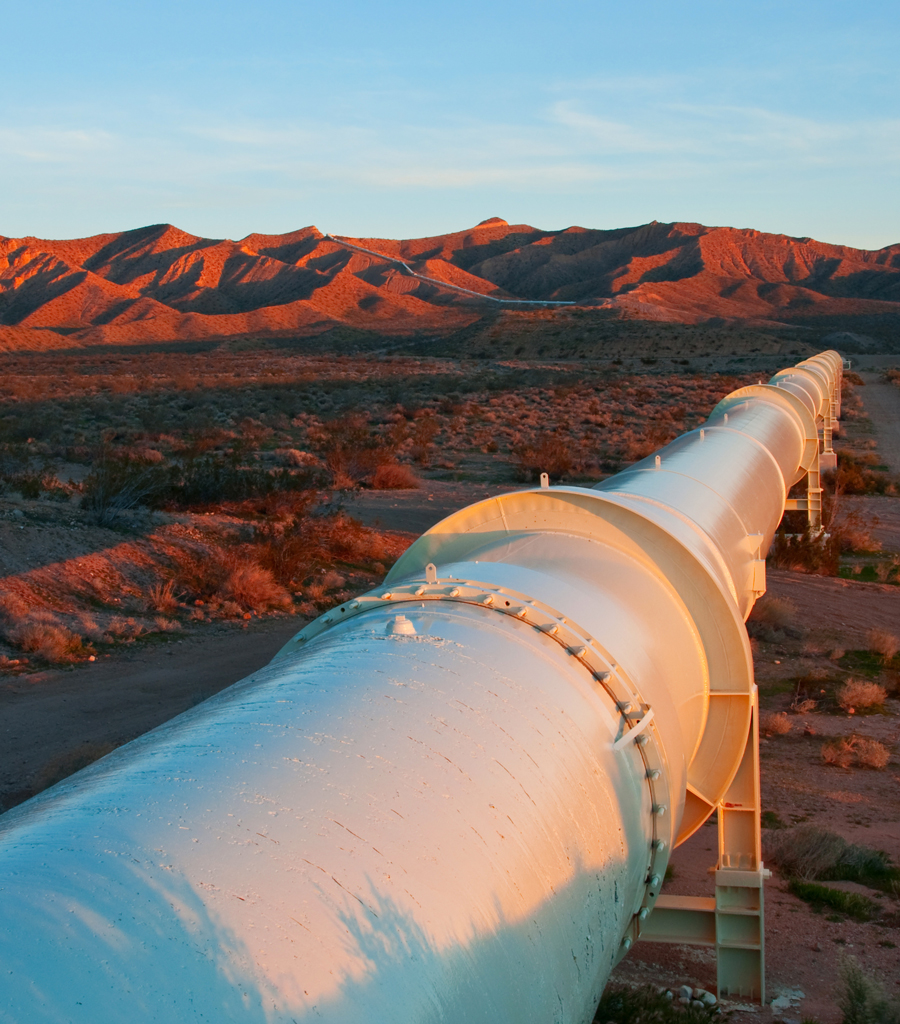The coming of the long awaited Electricity Market Reform poses a most interesting prospect for the New Year, as it began progress in the House of Commons in November 2012. The bill aims to provide certainty to investors and bring forward the investment in new infrastructure needed to move toward a diverse, low-carbon economy as affordably as possible. The intent is that this will also support the creation of over 250,000 energy-related jobs.
According to the Department of Energy and Climate Change (DECC) the amount of market support to be available for low-carbon electricity investment (under the Levy Control Framework) up to 2020 has been set at £7.6 bn in 2020, which corresponds to £9.8 bn nominal 2020 prices. This will help diversify our energy mix to avoid dependency on any one energy technology, increasing the amount of electricity coming from renewables from 11% today to around 30% by 2020, as well as supporting new nuclear power and CCS commercialisation.
The announcement of the finalists for the government’s latest CCS competition adds another significant layer to the UK’s energy story. The Energy Institute believes that this is one of the key areas where the UK can demonstrate its leadership on health and safety issues. Due to the knowledge share approach involved in a government funding model of the type set out under the last competition, it will lead to a wide dissemination of knowledge demonstrating how CCS can be executed in a low-risk environment.
The realisation of a scaled demonstration project will require guidance that can be understood by both the current industry and the ‘next industry’ to come. The concept of the ‘next industry’ lies in the fact that in the course of time, companies that may not have previously had a history in the CO2 or offshore environment could potentially move into this space. These companies should be able to benefit from a mature process of developing good practice.
Globally there are some major projects underway. Shell is pressing ahead with the Quest project in Alberta Canada and in Saskatchewan the Boundary Dam project is also progressing well with its build programme, which on 20 December 2012 completed a deal for the off-take of piped carbon dioxide. The project, managed by SaskPower, will be the world’s first commercial scale plant. Australia continues apace with the Gorgon Project, while its Global CCS Institute (GCCSI) now has nearly 75 projects registered across the globe, at different stages of development.
The idea to combine several technologies into CCS is barely 15 years old and whilst more progress is needed, it is worth noting how far it has come in such a short space of time. Practitioners in the area have accepted that the priority is to engage the public, demonstrating CCS as a safe and reliable method to remove carbon dioxide from the world’s developing power systems.
This post is part of a series for the Global Energy Conversation, supported by Shell. For more information, visit the Global Energy Conversation website.




